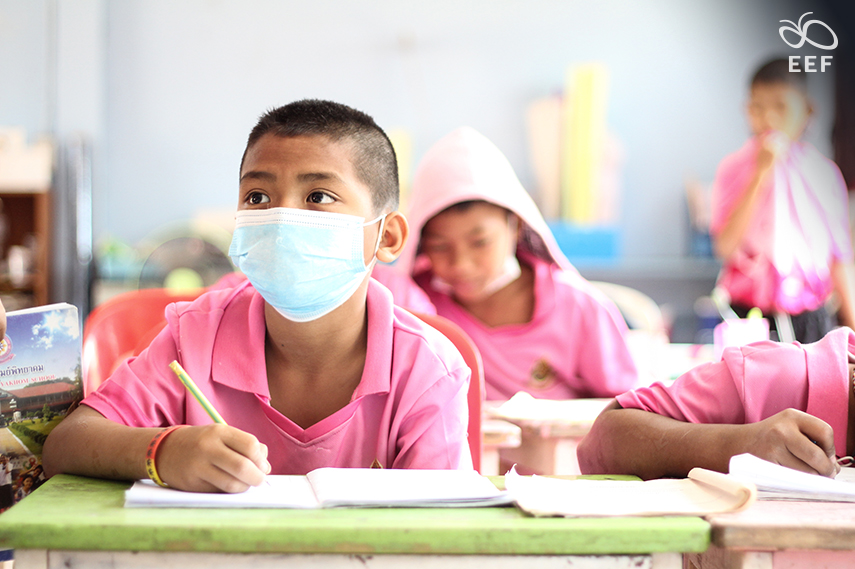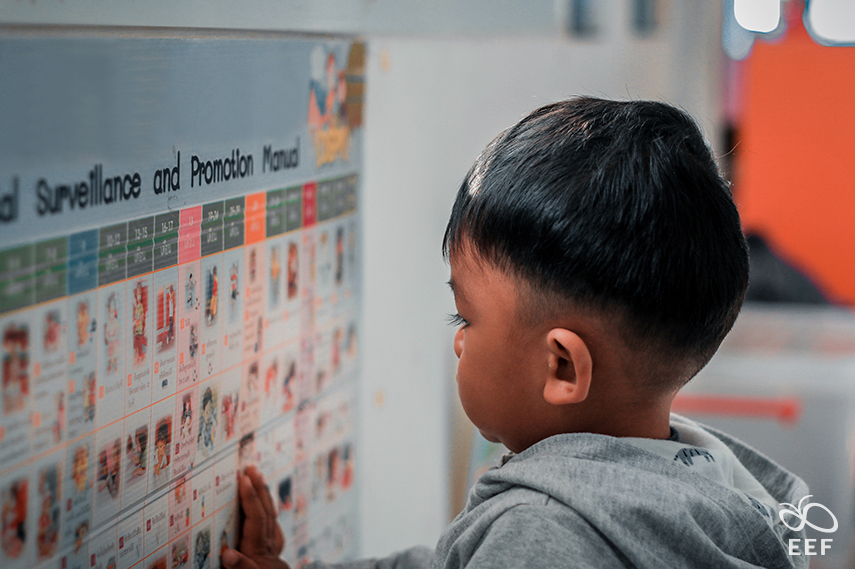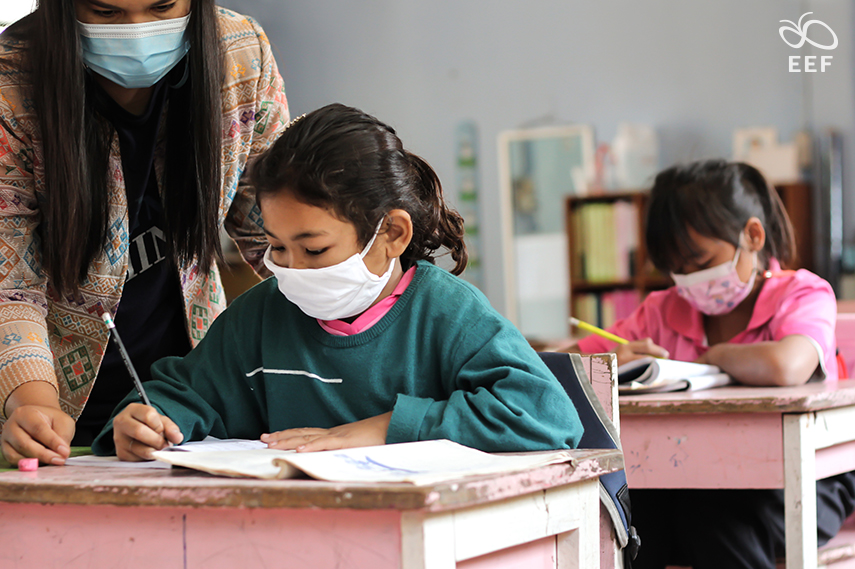
Thai education has long been under scrutiny, criticized for its perceived inadequacies impacting students, teachers, curricula, and academic outcomes. More often than not, this criticism is directed toward the rigid and outdated educational structure — a significant obstacle as viewed by many. To ensure quality education in the future, Thailand must undergo a comprehensive overhaul of its educational framework involving students, teachers, and administrators, as well as curriculum developers and policy-makers — It has been widely acknowledged that no longer is traditional education adequate to meet the evolving needs of a rapidly changing world; Instead, there is a pressing need to diversify educational options, providing tailored pathways that cater to individual learning aspirations and preferences. Embracing flexible learning is the way to go, to address the dropout issue among vulnerable groups by accommodating their unique life circumstances, ensuring greater inclusivity and retention within the educational system.

Flexible education necessitates a comprehensive understanding across various levels of the educational ecosystem, from students, families, and schools, to communities and the national level. It is worth noting that this approach is not solely for socio-economically vulnerable groups; it can also be incorporated into formal education to enrich learning opportunities. For instance, integrating specialized knowledge across schools can invigorate the learning process, offering students diverse and dynamic educational experiences. While uniform teaching methods may not yield substantial benefits, tapping into teachers’ specific expertise can foster greater engagement and motivation among learners.
Besides, technology emerges as a crucial enabler in modern education, facilitating the tracking of individual student interests and needs, thus empowering teachers to assume a more coaching-oriented role. Effective utilization of technology enables the optimization of limited resources, thereby improving teaching and learning outcomes without necessitating significant financial investments in any particular area. By concurrently fostering understanding, accessibility, and development, educational disparities can be notably mitigated.

Nonetheless, the questioning of the standards, assessments, and equivalency of educational qualifications is widespread, indicating a systemic issue marked by the lack of diversity and flexibility in current evaluation methods. Despite the existence of models like the “1-School-3-Models” approach for flexible education, their implementation poses significant challenges, requiring support from schools, administrators, community stakeholders, and government entities. A prerequisite is that these models demonstrate their ability to maintain appropriate standards and assessments, paving the way for their adaptation across different educational settings and regions, thereby fostering innovation in education. Moreover, equally crucial is ensuring consistency and alignment in national education policies, necessitating decentralization to facilitate the establishment of robust standards and pathways tailored to local contexts.
Flexible education plays a pivotal role in complementing traditional schooling by addressing existing gaps and imparting essential skills and competencies demanded by today’s dynamic job markets. Beyond personal growth, these educational approaches contribute significantly to Thailand’s future requirements, thereby bolstering economic development. By offering customized learning pathways tailored to diverse learner groups, flexible education ignites motivation among students, as evidenced by research indicating their drive to improve their own and their families’ prospects. This adaptability is particularly crucial in meeting the demand for skilled professionals, empowering individuals to cultivate their abilities in alignment with personal aspirations and preferences, including emerging fields such as AI, both in their professional pursuits and personal endeavors.

In Thai education, there’s a growing recognition of the need for flexible approaches to accommodate the diverse needs of learners across socio-economic backgrounds. This shift underscores a commitment to reaching out to underprivileged and marginalized children and youth, who often face barriers to traditional schooling, in order to reintegrate them back into the educational landscape through customized and adaptable formats. Over recent years, a concerning trend has emerged, with many children and youth, particularly those from economically disadvantaged households, opting out of formal education due to financial constraints or limited life prospects. This unfortunate reality perpetuates cycles of poverty, trapping individuals in unskilled labor without avenues for upward social mobility.
To address these challenges, initiatives such as the “Foresight for Alternative Education” project, undertaken collaboratively by the National Institute of Development Administration (NIDA) and the Equitable Education Research Institute (EEFI), delve into strategies aimed at dismantling barriers and ensuring equitable access to learning opportunities. Through an in-depth analysis of a cohort of children and youth aged 15-24 facing impediments to formal education, the study identifies a spectrum of multidimensional challenges. These encompass issues spanning physical and mental health, economic deprivation, learning disabilities, unplanned pregnancies, motivational deficits, and perceptions of educational irrelevance. Notably, these individuals can be segmented into distinct groups, including ethnic minorities lacking national identification cards, economically marginalized children and youth, those from dysfunctional family settings, teenage parents, individuals with disabilities, and those perceiving education as lacking practical relevance.
The underlying causes of educational disengagement among economically disadvantaged children and youth are multifaceted, encompassing familial, institutional, and systemic factors. Generational disparities, parental disengagement from educational matters, frequent relocations, and socio-economic adversities within families, compounded by school-level challenges such as teacher miscommunication and resource inadequacies, contribute significantly to this phenomenon. Furthermore, systemic hurdles like institutional fragmentation, outdated curricula, economic disparities, and legal impediments pose formidable barriers to equitable educational access.

In envisioning the future trajectory of underprivileged and marginalized children and youth in education, the research team identifies two pivotal factors: motivation and the diversity of educational options available. Based on these determinants, four prospective scenarios are delineated, ranging from scenarios characterized by high motivation and extensive educational pathways to those marked by low motivation and limited educational opportunities. Simultaneously, alternative educational system scenarios are explored, including centralized ecosystems, which often result in uniformity across educational institutions; decentralized ecosystems, which carry the risk of inconsistency across educational institutions; and adaptive ecosystems — a promising model — which prioritizes fostering potential in empowered localities.

In response to these findings, the research team offers a set of strategic recommendations to advance the agenda of flexible education in alignment with future imperatives. These encompass initiatives such as
- seamless integration with formal education systems;
- optimal utilization of educational spaces;
- collaborative sharing of learning materials and resources;
- facilitation of individualized learning data exchange; and
- standardization of credit transfer mechanisms.
Additionally, harnessing technology’s transformative potential to enhance flexibility, accessibility, and cost-effectiveness is emphasized, alongside efforts to minimize administrative burdens and optimize resource allocation. Identified as critical for engendering trust and fostering this culture of opportunity is the establishment of interconnected alternative pathways, supported by robust self-governance mechanisms. Collaboration with key stakeholders, including the Ministry of Higher Education, Science, Research, and Innovation (MHESI), is deemed indispensable for galvanizing support and driving forward initiatives aimed at nurturing career development pathways. Embracing adaptable standards and fostering educator innovation emerge as imperative strategies, guided by a nuanced approach to policy design and promotion tailored to evolving educational landscapes and stakeholder needs.

As Thailand’s educational system grapples with the imperative for reform, the call for flexible approaches resonates more strongly than ever before. The mission of the Equitable Education Fund (EEF) Thailand to reduce education inequality and promote inclusive learning environments aligns seamlessly with the evolving landscape of educational possibilities. By addressing the multifaceted challenges faced by underprivileged and marginalized children and youth, the EEF’s initiatives strive to break down barriers and foster equitable access to quality education. Through collaborative efforts with stakeholders across all levels, from public agencies and local communities, the EEF aims to drive forward a transformative agenda that embraces diversity, fosters motivation, and cultivates a culture of opportunity. By championing adaptable standards, leveraging technology, and nurturing educator innovation, the EEF endeavors to shape a future where every learner can realize their full potential and contribute meaningfully to Thailand’s socio-economic development. Together, we can pave the way for a more inclusive, dynamic, and resilient educational system that empowers individuals and transforms lives.

